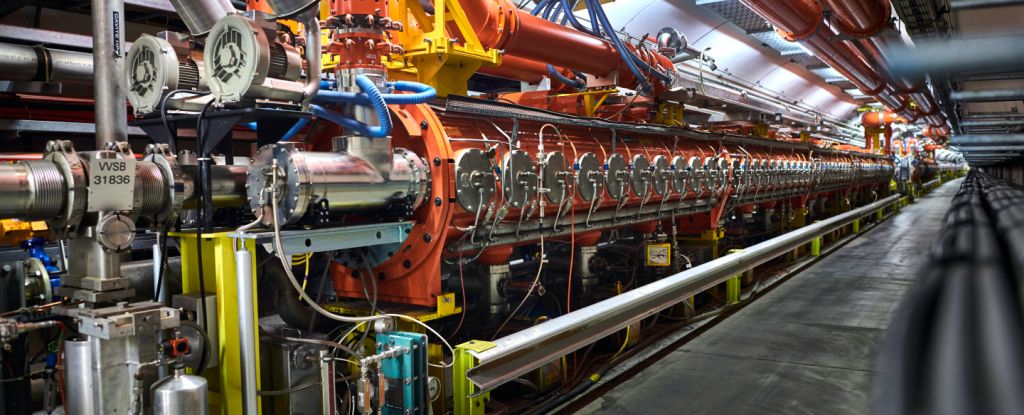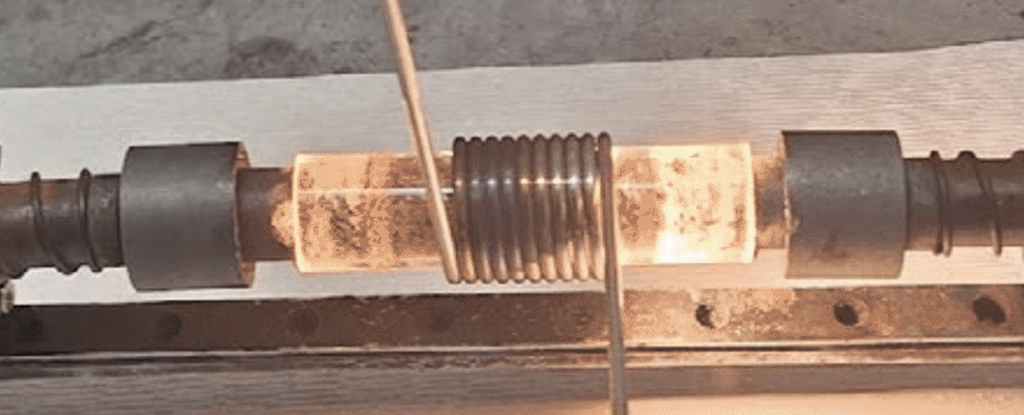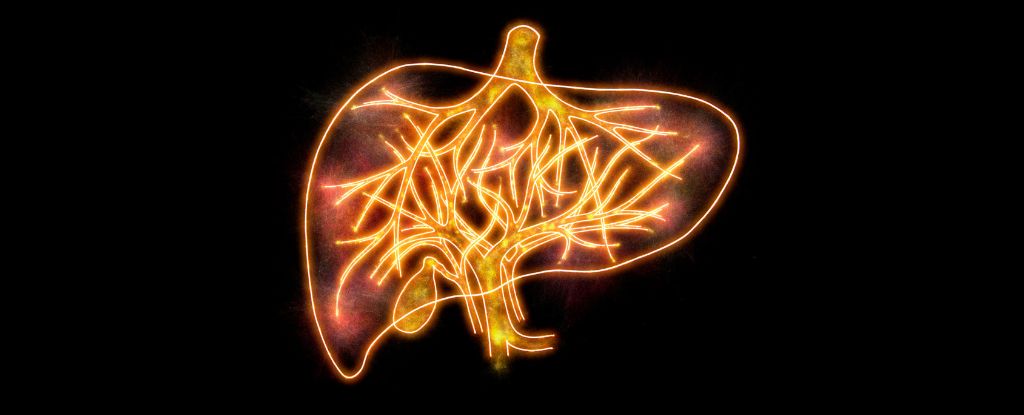There’s a specter haunting the tunnels of a particle accelerator at CERN.
In the Super Proton Synchrotron, physicists have finally measured and quantified an invisible structure that can divert the course of the particles therein, and create problems for particle research.
It’s described as taking place in phase space, which can represent one or more states of a moving system. Since four states are required to represent the structure, the researchers view it as four-dimensional.
This structure is the result of a phenomenon known as resonance, and being able to quantify and measure it takes us a step closer to solving a problem universal to magnetic particle accelerators.
“With these resonances, what happens is that particles don’t follow exactly the path we want and then fly away and get lost,” says physicist Giuliano Franchetti of GSI in Germany. “This causes beam degradation and makes it difficult to reach the required beam parameters.”
Resonance occurs when two systems interact and sync up. It could be a resonance emerging between planetary orbits as they gravitationally interact in their journey around a star, or a tuning fork that starts to sympathetically ring when sound waves from another tuning fork hit its tines.
Particle accelerators use powerful magnets that generate electromagnetic fields to guide and accelerate beams of particles to where physicists want them to go. Resonances can occur in the accelerator due to imperfections in the magnets, creating a magnetic structure that interacts with particles in problematic ways.
The more degrees of freedom a dynamic system exhibits, the more complex it is to describe mathematically. Particles moving through a particle accelerator are usually described using just two degrees of freedom, reflecting the two coordinates needed to define a point on a flat grid.
To describe structures therein requires mapping them using additional features in phase space beyond just the up-down, left-right dimensions; that is, four parameters are needed to map each point in the space.
This, the researchers say, is something that could very easily “elude our geometric intuition”.
“In accelerator physics, the thinking is often in only one plane,” Franchetti says. In order to map a resonance, however, the particle beam needs to be measured across both the horizontal and the vertical planes.
It sounds pretty straightforward, but if you’re used to thinking about something a specific way, it might take an effort to think outside the box. Understanding the effects of resonance on a particle beam took quite a few years, and some hefty computer simulations.
However, that information opened the way for Franchetti, along with physicists Hannes Bartosik and Frank Schmidt of CERN, to finally measure the magnetic anomaly.
Using beam position monitors along the Super Proton Synchrotron, they measured the position of the particles for approximately 3,000 beams. By carefully measuring where the particles were centered, or skewed to one side, they were able to generate a map of the resonance haunting the accelerator.
“What makes our recent finding so special is that it shows how individual particles behave in a coupled resonance,” Bartosik says. “We can demonstrate that the experimental findings agree with what had been predicted based on theory and simulation.”
The next step is to develop a theory that describes how individual particles behave in the presence of an accelerator resonance. This, the researchers say, will ultimately give them a new way to mitigate beam degradation, and achieve the high-fidelity beams required for ongoing and future particle acceleration experiments.
The team’s research has been published in Nature Physics.





